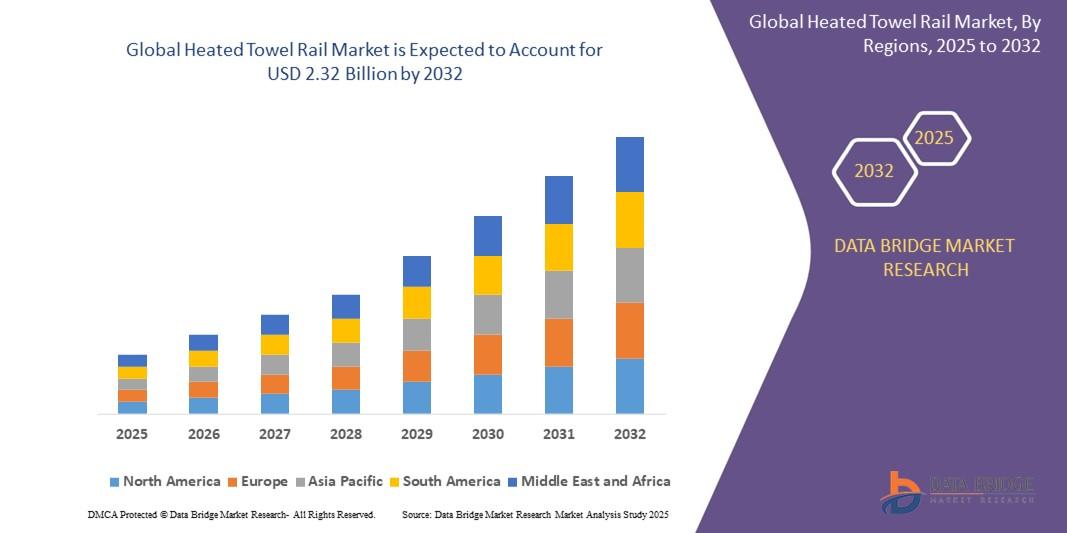Automotive Fuel Tank Market Trends: Lightweight and Sustainable Designs

The automotive fuel tank, a component that has been a passive container for a century, is now in the midst of a rapid and dynamic evolution. As of late 2025, the Automotive Fuel Tank Market Trends are being dictated by the most powerful forces reshaping the industry: the urgent need to cut emissions, the relentless pursuit of lightweighting, and the complex packaging challenges of hybrid and electric vehicles. The "dumb" metal box is gone, replaced by a sophisticated, multi-material, and highly engineered system designed to meet the demands of a new automotive era.
1. The Dominance of Multi-Layer Plastic Tanks (PZEV)
This is the most dominant and established trend. The market has decisively shifted from steel to multi-layer High-Density Polyethylene (HDPE) tanks.
-
The "Why": This shift was not just for weight or cost. It was mandated by stringent evaporative emissions standards (like BS6 in India). A simple plastic tank would allow fuel vapors (hydrocarbons) to escape directly through its walls.
-
The Technology: To prevent this, the industry developed co-extrusion blow molding. This process creates a tank with 6 or 7 distinct layers, including an incredibly thin inner barrier layer (often EVOH - ethylene vinyl alcohol) that is impervious to fuel vapors.
-
The Impact: This technology is now the global standard for passenger cars. The market is defined by the production of these complex, low-emission tanks, often referred to as "PZEV" (Partial Zero Emission Vehicle) tanks.
2. The "Hybrid" Challenge: Complex Shapes and Pressurization
The rise of hybrid (HEV) and plug-in hybrid (PHEV) vehicles is a major trend supporting the fuel tank market, but it's also changing the design.
-
Complex "Saddle" Shapes: In a hybrid, the large battery pack takes up prime real estate under the car. This forces fuel tank manufacturers to become creative, often designing "saddle" tanks that are molded into complex, non-rectangular shapes to fit in the remaining space around the battery or exhaust. This further reinforces the dominance of plastic's design flexibility.
-
Pressurized Tanks (PHEVs): This is a key sub-trend. In a PHEV, the car may run on battery power for weeks without the gasoline engine ever turning on. To prevent the "aged" fuel vapors from being vented into the atmosphere when the driver eventually opens the cap, the system is designed to be pressurized. This requires a much stronger tank, sensor, and valve system, creating a new, high-value product.
3. The Rise of Hydrogen Tanks (The Future Niche)
While the market is focused on gasoline/diesel, the long-term R&D for Fuel Cell Electric Vehicles (FCEVs) is creating a new, ultra-high-tech segment.
-
The Technology: Hydrogen storage tanks. These are not simple tanks; they are high-pressure vessels (700 bar / 10,000 psi) made of a plastic liner, a thick, super-strong carbon fiber composite overwrap, and a protective outer shell.
-
The Impact: This is a completely different, and far more expensive, technology. Major suppliers like Plastic Omnium are investing heavily in this segment, seeing it as the long-term "fuel tank" market for heavy-duty trucks and long-range vehicles.
4. The EV Impact: "De-Contenting" and Market Shift
The biggest disruptive trend is the Battery Electric Vehicle (BEV).
-
The Threat: A pure BEV has no fuel tank. Every BEV sold is a direct, permanent loss of a unit sale for the fuel tank industry. As BEV adoption accelerates, the long-term forecast for the new fuel tank market is a structural decline.
-
The 2025 Reality: In the current market, this decline in new sales is being masked and offset by the boom in hybrid sales (which still need tanks) and the massive, stable demand from the aftermarket (serving the 1.5 billion+ ICE cars already on the road).
5. Material Innovation: Lightweighting and Sustainability For the tanks that are still being made, the push for efficiency continues.
-
Steel & Aluminum (Trucks): In the commercial vehicle space, aluminum is a key trend, replacing heavier steel tanks to improve fuel economy for freight operators.
-
"Green" Materials: There is a growing R&D push for using recycled HDPE or bio-based plastics in the manufacturing of fuel tanks to improve the "well-to-wheel" sustainability of the component.
Conclusion The Automotive Fuel Tank Market Trends of 2025 show an industry at a crossroads. It is thriving by producing highly complex, emissions-compliant plastic tanks for a booming hybrid and ICE market, especially in India. At the same time, it is looking over its shoulder at the BEV, the technology that will ultimately replace its core product, and is forced to innovate into new areas like hydrogen storage to secure its long-term future.
Frequently Asked Questions (FAQ)
Q1: What is the main trend in fuel tank materials for cars? A1: The dominant trend is the use of multi-layer plastic (HDPE) tanks. These are replacing traditional metal tanks because they are lighter, more corrosion-resistant, and can be molded into complex shapes. Most importantly, their multi-layer design (with a barrier like EVOH) is essential for meeting modern, stringent evaporative emissions standards (like BS6).
Q2: How do hybrid vehicles (HEVs) affect the fuel tank market? A2: Hybrids are a major positive driver for the market right now. They still require a fuel tank for their gasoline engine. These tanks are often more complex and expensive to make, as they must be molded into "saddle" shapes to fit around the battery pack, thus boosting the market's value.
Q3: How do pure electric vehicles (BEVs) affect the fuel tank market? A3: BEVs are the biggest long-term threat to the market. A pure electric car runs only on a battery and has no fuel tank at all. Every BEV sold represents a lost sale for the fuel tank industry.
Q4: What is a "pressurized" fuel tank? A4: This is a key trend for Plug-in Hybrids (PHEVs). Because a PHEV might run on its battery for weeks without using the engine, fuel vapors build up. A pressurized tank system keeps these vapors contained under pressure and prevents them from being released into the atmosphere when the fuel cap is opened.
More Related Report
Automotive Cleaner & Degreaser Market Share



